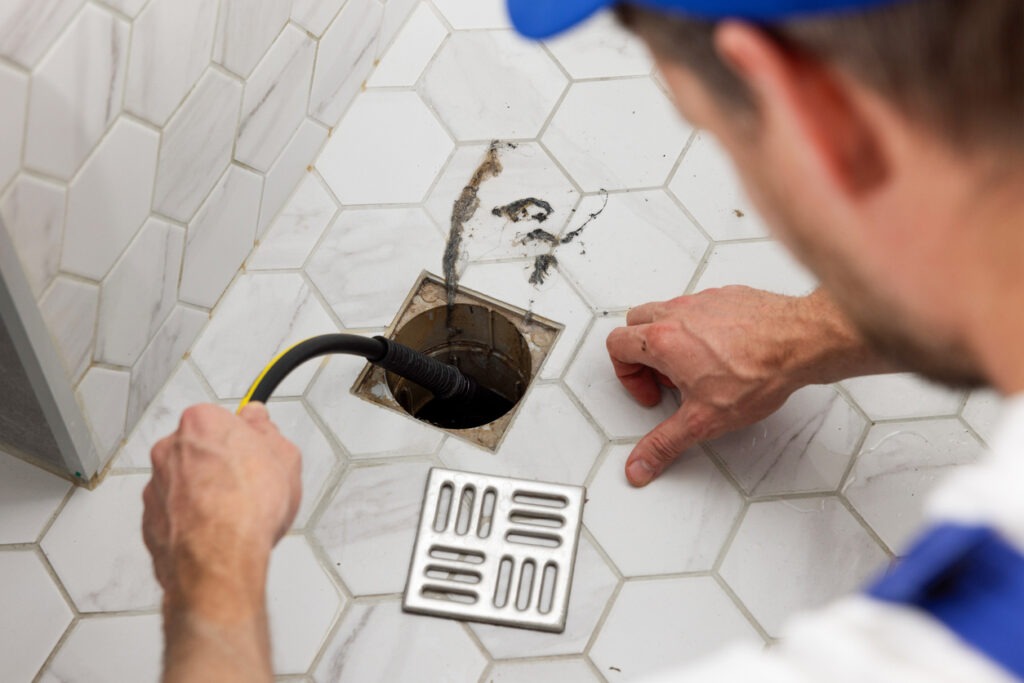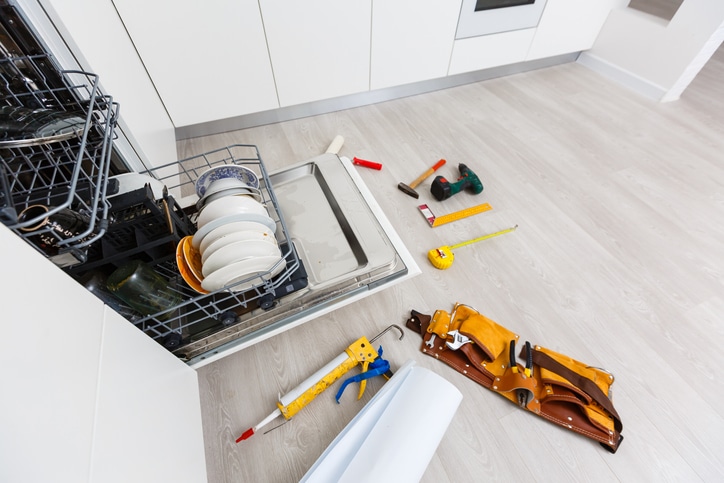
A slow-draining or fully clogged shower drain is one of the most common plumbing problems homeowners face. Hair, soap scum, shampoo residue, hard water minerals, and even small objects can build up in your drain over time — turning your relaxing shower into a puddle-filled headache.
At Total Plumbing Service Inc., we help homeowners across Dallas and Garland keep their drains flowing smoothly. In this guide, we’ll share expert-approved ways to unclog your shower drain yourself — and how to know when it’s time to call a professional plumber.
What Causes a Shower Drain to Clog?
Most clogs come from a mix of:
Hair binding with soap and oils
Mineral buildup from hard water
Shampoo caps, razor covers, or debris that accidentally drop into the drain
Dirt, grime, and skin products forming sticky layers
Tree root intrusion (in more severe cases affecting the main sewer line)
Identifying the cause helps determine the best solution — and whether DIY is enough.
DIY Methods to Unclog a Shower Drain
Remove Visible Hair & Debris
Sometimes the solution is right at the surface.
Remove the drain cover
Use a hook or disposable drain tool to pull out hair
Wear gloves (trust us — you’ll thank us later)
This fix tackles the #1 clog culprit — hair.
Use a Plunger
Yes, a plunger works on shower drains too!
Add enough water to cover the drain opening
Plunge with firm, quick motions
Repeat until the clog breaks free
Pro Tip: A flat-bottomed plunger works best on shower floors.
Pour Boiling Water Down the Drain
Boiling water can help dissolve soapy sludge and grease.
Slowly pour boiling water in 2–3 stages
Allow a few seconds between each pour
Not recommended if you have PVC pipes older than 20 years — excessive heat may cause damage.
Try a Baking Soda + Vinegar Flush
A popular eco-friendly option:
Pour ½ cup baking soda into the drain
Add 1 cup vinegar
Let it fizz for 10–15 minutes
Rinse with hot water
This method is best for minor buildups — but won’t fix deeper blockages.
Use a Drain Snake
A handheld snake (also called a drain auger) can clear clogs deeper in the pipe.
Feed the cable slowly into the drain
Twist and push gently until you hit the blockage
Pull it back to remove clog material
If you hit resistance you can’t break through — that’s a red flag.
What NOT to Do: Avoid Chemical Drain Cleaners
We strongly recommend skipping harsh chemical cleaners like Drano.
Why?
They can damage pipes — especially old or PVC lines
They create toxic fumes
They typically treat symptoms, not the root cause
If they fail, they leave caustic liquid in the drain — dangerous for plumbers
When in doubt — skip the chemicals.
When Should You Call a Plumber?
Even with the best DIY efforts, some clogs require professional tools and expertise. Call a licensed plumber if:
- Water backs up in other drains (toilets, tubs, sinks)
- You notice foul sewer smells
- The drain is completely blocked with no improvement
- Clogs return frequently
You hear gurgling or bubbling noises - Your home is older with aging pipes
- There is risk of sewer line damage or tree root intrusion
These are signs of a deeper plumbing issue — not just a minor hair clog.
Keep Your Shower Drain Clear: Preventative Tips
A little maintenance goes a long way:
Install a hair catcher / drain screen
Run hot water for 30 seconds after each shower
Clean the drain cover weekly
Avoid washing clumpy bath products down the drain
Schedule an annual drain inspection if you’ve had recurring issues
Your future self — and your plumbing — will thank you.



